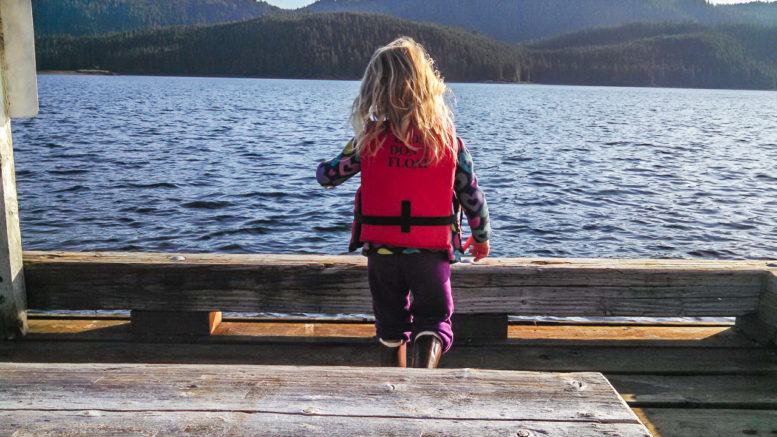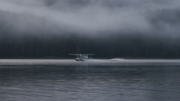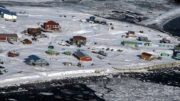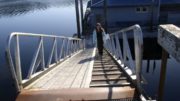“Grab a vest from the Kids Don’t Float box,” I reminded my four-year-old granddaughter, who ran ahead to the dock’s ramp. It was a beautiful day in Thorne Bay, Alaska, with eagles flying overhead and the smell of the ocean air filling our noses. I caught up to her and adjusted the vest straps, running one strap between her legs and buckling it to the front. “Now we can walk on the dock.” She smiled in her bright red jacket, her Alaska tennis shoes (boots) thumping on the ramp as she ran to one of her favorite places—the dock.

I insist that she wear the vest because the drowning rate in Alaska is five times the national average, with 300 people drowning from 2007-2012. (Bauer, 2020) The state and federal governments collaborated with local agencies to provide water safety interventions like the borrow a life jacket program.
The Alaska Boating Safety Program distributes life vests to communities for the Kids Don’t Float program. Residents have reported at least 34 lives saved, though the number may be significantly higher because all cases may not be reported. The Kids Don’t Float program supplied 157,278 life jackets for over 686 locations in 270 Alaska communities from 1996 to 2022. This total does not include donations of life jackets from other organizations and companies.
“Drownings remain a serious concern in Alaska. From 2014 to 2016, 91 Alaskans drowned. Ten of them were children under the age of 13.” (Alaska Department of Health)
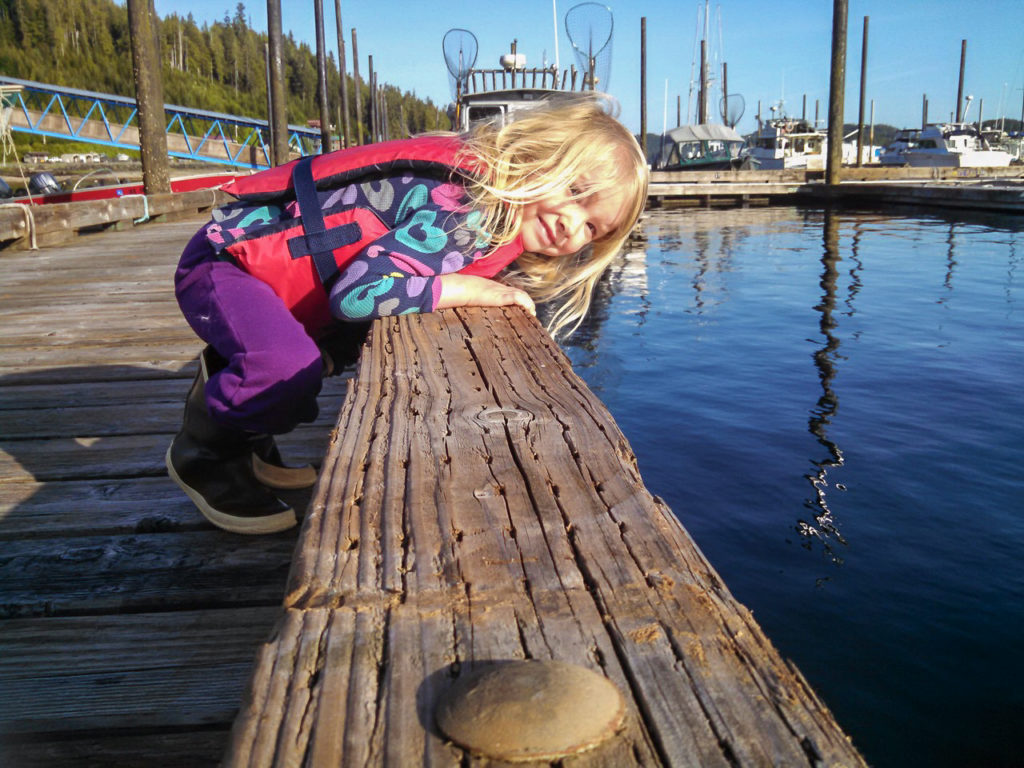
Life Jacket Safety Tips
The goal of the life jacket is to keep the user floating with their head above the water to ensure they can breathe.
1 – Make sure the label has the U.S. Coast Guard-approved stamp.
2 – Wear a vest-type life jacket that fits properly, and adjust it to a snug fit that allows you to move in it. Make sure the vest does not cover the chin or face.
3 – Check the weight and size limits for the vest.
4 – Check the jacket over to be sure it is in good condition.
5 – Throw away torn life jackets, missing buckles, or worn straps.
Call the Alaska Boating Safety Program at 907-269-6042 to learn more about the program. You can find them on Facebook or Alaska’s Office of Boating Safety.
Organizations contributing to the Kids Don’t Float program include: Alaska States Kids, U.S. Coast Guard, Coast Guard Axillaries, Boys & Girls Club, Kiwanis Club, Alaska 529, Alaska Native groups, Lions Club, and many more.

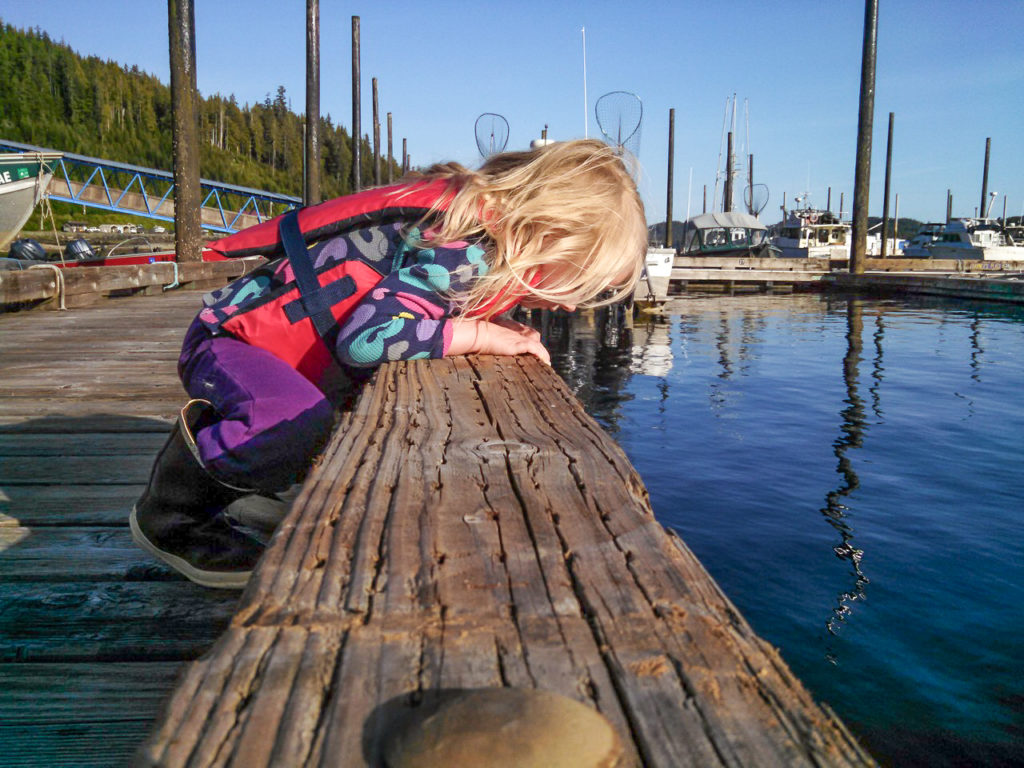
Now, for the rest of the Alaska story.
We moved to Prince of Wales Island from Nelson Lagoon, Alaska, in 1997. Around that time, a child fell off the dock and died in a nearby town. As a school district administrator, swimming lessons and cold water survival classes became a priority in my grant writing.
I discovered an inspirational story from June 22, 1998, in Kotzebue, Alaska. Ten-year-old George “Radar” Lambert did not know how to swim, but when his friend, 12-year-old Pamela Smith, slipped into the water and started to drown, he grabbed a life jacket from the nearby Kids Don’t Float board and paddled out to save her.
“When asked what he was thinking as he went out to Pamela, Radar shrugged his shoulders and said, ‘She’s my friend. I have to help her.'” (Proceedings – quote, story & photo) George Radar Lambert was the first to save a life with the Kids Don’t Float life jackets. See the photos below of George and Pamela today.
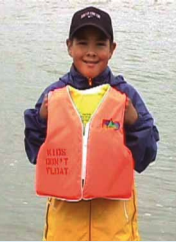

George Radar Lambert received the Silver Lifesaving Medal from the Coast Guard on May 18, 2019, for his heroic act in saving Pamela Smith in June 1998. Read the story here.
To learn more about how the Kids Don’t Float program began, check out the Port of Bandon, Oregon’s website.
The Marine Corps Community Service article “5 Things to Know When Choosing a Life Jacket” has excellent information.
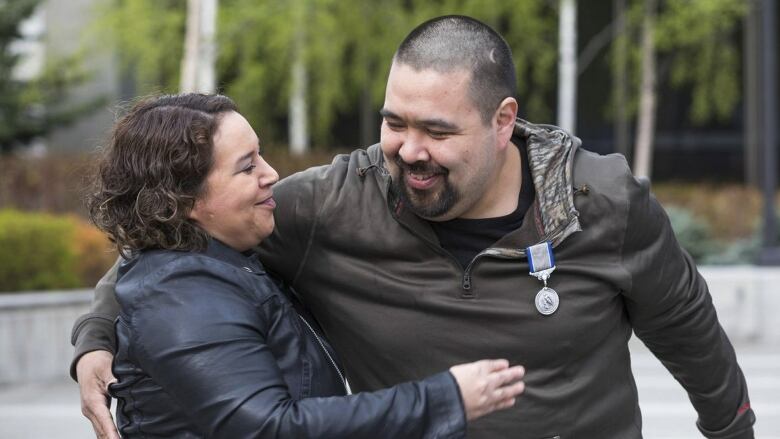
Alaska law requires children under the age of 13 to wear a life jacket when “in an open boat, on an open deck, or when waterskiing.” (Alaska Department of Health)
Alaska Bush Life Posts about the Dock
A Way of Life in Remote Alaska – The Alaska Dock – dock is a happening place in the coastal towns of Alaska. This post describes what dock activities are in Thorne Bay, Alaska.
A Snapshot into Alaska Bush Life – The dock is a significant part of life in remote Alaska. This post describes life on the dock.
An Insider Peek at Thorne Bay, Alaska – See the dock from the perspective of a long-term resident.
Resources
Alaska Department of Health. CDPHP Collaborative News “Kids Don’t Float – Wearing a life jacket at all ages saves lives.” https://content.govdelivery.com/accounts/AKDHSS/bulletins/1f1f7d1. (accessed November 30, 2022).
Bauer, Michelle. “Kids Don’t Float… and Their Parents Don’t Either: Using a Family-Centered Approach in Alaska’s Kids’ Don’t Float Program.” International Journal of Aquatic Research and Education. https://scholarworks.bgsu.edu/cgi/viewcontent.cgi?article=1549&context=ijare#:~:text=Kids%20Don’t%20Float%20(KDF,(Alaska%20Government%2C%20n.d.a). 5/20/2020. (accessed November 30, 2022).
Littlejohn, Nate. Image of George “Radar” Lambert in 2019. Defense Visual Information Distribution Service. https://www.dvidshub.net/image/5376725/coast-guard-honors-kotzebue-alaska-man-with-silver-lifesaving-medal. May 18, 2019. (accessed November 30, 2022).
Marine Corps Community Services. “5 Things to Know When Choosing a Life Jacket.” https://usmc-mccs.org/articles/5-things-to-know-when-choosing-a-life-jacket/. (accessed November 30, 2022).
Port of Bandon. Kids Don’t Float Program. https://www.portofbandon.com/general/page/kids-dont-float-program. (accessed November 30, 2022).
Johnson, Jeffrey. “Kids Don’t Float: Adapting the public health approach to develop, test, and evaluate potential recreational boating safety interventions.” Proceedings. https://www.nasbla.org/HigherLogic/System/DownloadDocumentFile.ashx?DocumentFileKey=23102dcc-1973-3e22-4a47-881addd83ed8. Fall-Winter 2016. (accessed November 30, 2022).
